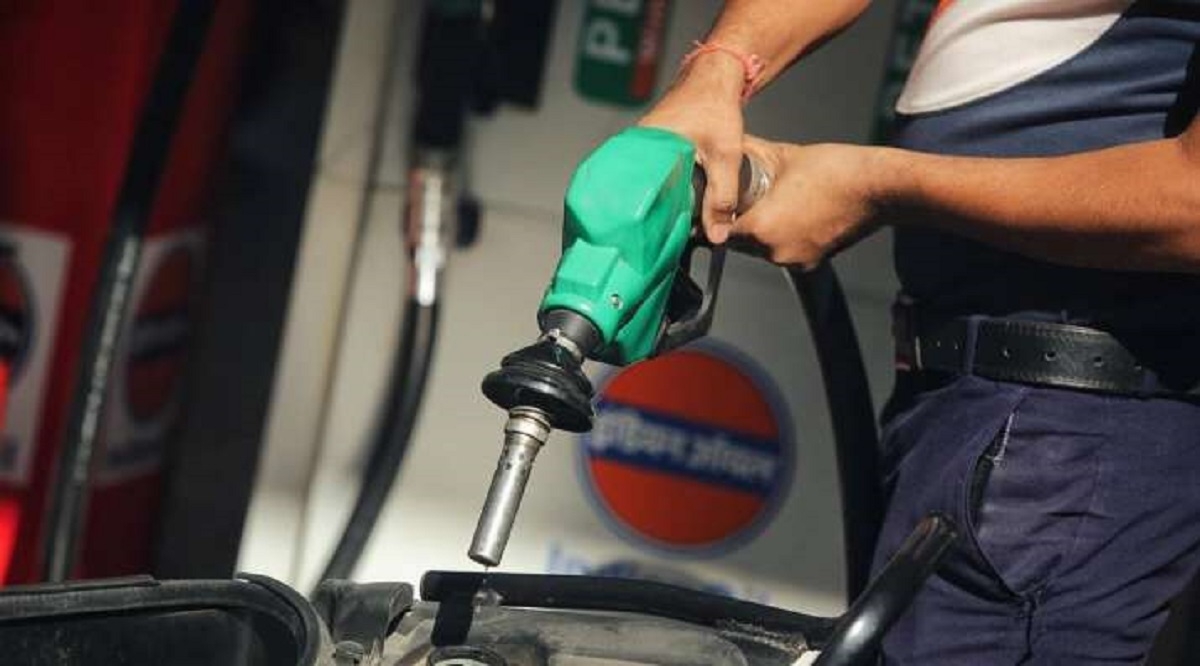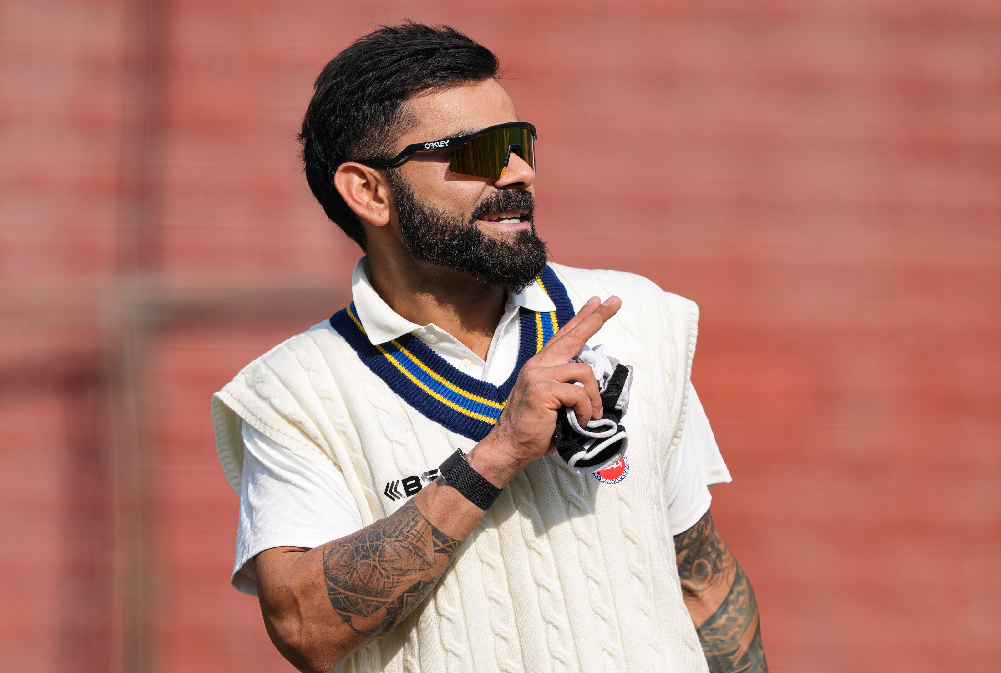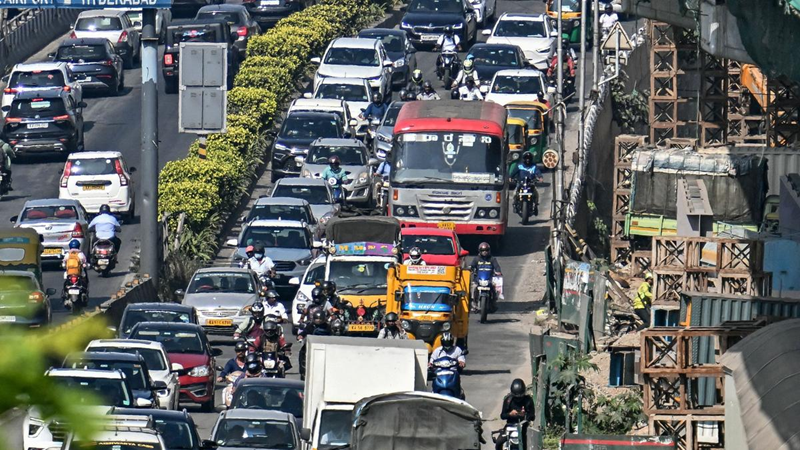
Petrol, LPG now power; will the hikes ever stop?
The hike of power tariff by 35 paise per unit has administered a shock to power consumers in Karnataka. While the original proposal presented to the Karnataka Electricity Regulatory Commission (KERC) was to raise the tariff by Rs. 1.58, they have pegged the hike at a much lower level. Power being the basic input for all productive activity and services, it will have a cascading impact across consumer products and services. Coming as it does after the hike in tariff for cooking gas cylinders & fuel prices on a daily basis, it will only add to the worries of the average household who have been recovering from the downturn in their earnings and erosion of savings.
During the last 18 months, KERC has increased the tariff thrice i.e., 40 paise on November 1, 2020; five to eight paise per unit in January 2021; and 30 paise on July 10, 2021. The latest hike is the fourth in the last two years. An average household will have to fork out an additional Rs. 30 to 35 a month towards the power bill. The hike is unkind towards the industrial sector given the fact that industries are just recovering from losses incurred during two back to back lockdowns.
The Commission has justified the hike citing a revenue deficit of Rs. 2,159 core which includes a Rs. 1,700 crore deficit in financial year 2020-21 when the pandemic touched its peak. They also relate the hike to reduction in revenue and decline in sale of power by 7,228 million units owing to the lockdown in 2020-21.
The tariff hike is not likely to contribute to improvement in the health of Escoms to whom the Government owes Rs. 22,000 crore by way of arrears. Much of this is part of the subsidy offered to farmers. The State has nearly 3.6 lakh irrigations pump sets which do not pay for power drawn from the grid.
Several civic bodies have been insisting that Escoms review power purchase rates and point out that there is scope for lower procurement prices. Similarly, Escoms have been pegging transmission and distribution losses at 13 per cent which need to be cut down by bringing efficiency. A Bangalore Political Action Committee (B.PAC) analysis carried out last year had shown no improvement in any of the key metrics such as power purchase cost, energy sales, collection efficiency and quality of service to citizens. Power subsidy to farmers also needs a relook. It is time to introduce metering of agricultural pumps which guzzle power. Increased consumption of power by farms without proportionate increase in the gross irrigated crop area too is cited in proof that power to the farms is being diverted for other purposes.
 English daily published in Bengaluru & Doha
English daily published in Bengaluru & Doha






